Are you planning to grow lettuce hydroponically but have limited space and no room for an outdoor garden? I know how it feels, and hydroponic lettuce is an excellent option for those who grow quality vegetables without soil. But, gardeners new to gardening may have little experience in hydroponics.
You've come to the right place if I hit the spot. The good news is that this article will share a viable alternative: hydroponics. At the same time, I will share some indoor hydroponics that I think are friendly to novice gardeners (of course, you can ignore them). Follow my steps to teach you how to hydroponic grow lettuce indoors so that you can quickly build your indoor hydroponic garden at home.

Are you interested in getting started growing lettuce indoors hydroponically? Let's read on to learn how to grow lettuce hydroponically.
There's a reason lettuce is one of the most popular hydroponic crops for beginners and experts alike. The crisp, leafy greens are easy to grow hydroponically, and the vegetable is versatile in the kitchen.
What is hydroponic lettuce?
Lettuce is a more popular type of hydroponic vegetable in hydroponic plants. Lettuce has a high nutritional value and is usually eaten raw. It is an indispensable vegetable for cold salads and hamburgers. Hydroponic lettuce uses hydroponics to grow through a hydroponic planting system without soil.
What Lettuce Is Best for Hydroponics?
The most popular types of lettuce are:
1. Butterhead lettuce
2. Lettuce
3. Loose leaf lettuce

You can choose a hydroponic lettuce seed according to your preference.
What hydroponics Kit is best for lettuce?
There are many options for hydroponic lettuce planting systems. You only need to choose one of them to start planting. Standard hydroponic planting systems:
Nutrient Film Technology (NFT): It can be understood as continuously flowing a shallow water nutrient solution through the roots to provide a thin layer of nutrient and oxygen film.
Deep water culture (DWC): The plant root system is directly immersed in the nutrient solution, and the air pump provides oxygen to the root system.
Ebb and flow (flood and drainage): This system periodically floods plant roots with a nutrient solution, which is then drained to provide oxygen.
Aeroponics: In aeroponics, plant roots are suspended in the air, and nutrient solution is sprayed directly onto the seeds in a fine mist, producing high oxygenation.
Drip Irrigation System: A drip irrigation system delivers a nutrient solution to the plants through small tubes or drippers, providing a controlled flow of water and nutrients to the root zone.
Please read the related article I wrote before:
Of course, this may require some knowledge of hydroponic planting, so if you are a beginner in gardening, it is recommended that you choose the LetPot hydroponics growing system to start your first hydroponic indoor garden, and it is a beginner-friendly indoor plant planting system; which will allow you to avoid the failure of your first attempt at hydroponic growing.
Learn about LetPot® and customer stories:
How to start hydroponic lettuce?

Let us understand the conditions for growing lettuce hydroponically:
| Lighting time | EC planting concentration (seeding stage) | pH range | Harvest time |
| 12-14 hours | 0.8-1.2 mS/cm | 5.5-6.5 | 4-5 weeks |
The optimal temperature for hydroponic lettuce

The optimum temperature for hydroponic lettuce is between 60°F (15°C) and 70°F (21°C), depending on the stage of growth, but here are some temperature guidelines:
Germination stage: Recommended temperature is 70°F (21°C) to 75°F (24°C)
Seedling growth stage: Cool down slightly to around 65°F (18°C)
Growing Phase: Keep the temperature between 60°F (15°C) and 70°F (21°C)
Blooming and Bolting Prevention: Lettuce is a cool-season crop that tends to bolt or produce flower stalks when exposed to heat.
To prevent premature bolting, keeping temperatures below 75°F (24°C) as much as possible is essential.
You need to regularly check the temperature and adjust the temperature of the hydroponic system to ensure that the hydroponic lettuce continues to thrive at the optimum temperature.
The optimal light time for hydroponic lettuce

Hydroponic lettuce needs to ensure sufficient natural light/artificial light(SunVibe grow light). Usually, it needs more than 12-14 hours of sunlight per day, so the plants can fully photosynthesize with the sun.
Of course, it also needs to be determined according to different growth stages. You can give the lettuce seeds more extended lighting during the germination period. You must reduce the daily lighting time when the hydroponic lettuce has passed the flowering period. The purpose of this is to prevent premature bolting of the lettuce.
The nutrient solution needed for hydroponic lettuce
According to most studies, hydroponic lettuce is best at a pH of 5.5-6.5, and keeping the pH in this range is conducive to plant nutrient absorption. Of course, you also need to pay attention to the concentration of the nutrient solution. Here are some guidelines for reference:
Nitrogen (N): Nitrogen concentrations should be maintained between 100 and 200 ppm (parts per million) during the vegetative growth phase. During later stages, such as heading or flowering, reducing nitrogen levels to around 50-100 ppm can help prevent excessive vegetative growth and promote lettuce head development.
Phosphorus (P): Phosphorus is essential for root development and overall plant health. The recommended phosphorus concentration is usually between 30 and 60 ppm.
Potassium (K): Potassium plays a vital role in plant growth, stress tolerance, and disease resistance. The recommended potassium concentration range is 100 to 250 ppm.
Calcium (Ca) and Magnesium (Mg): Calcium and Magnesium are secondary nutrients necessary for plant growth. The ideal calcium concentration is usually between 100 and 200 ppm, while the recommended magnesium concentration is around 50 to 100 ppm.
Micronutrients: Micronutrients such as Iron (Fe), Manganese (Mn), Zinc (Zn), Copper (Cu), Molybdenum (Mo), Boron (B) and Nickel (Ni) are usually provided in trace amounts ranging from a few It ranges from ppm to dozens of ppm. These micronutrients are essential for various enzymatic processes and overall plant health.
Harvesting Hydroponic Lettuce
When the hydroponic lettuce is ready for harvesting, have your shears or pruning shears prepared to cut through the stalks, leaving the inner leaves intact so the leaves can continue growing to ensure you have a constant supply of fresh vegetables. After the vegetables are harvested, you can store them in a relaxed, humid environment or refrigerator to keep them fresh.
How long does it take to grow hydroponic lettuce?
The time required to grow hydroponic lettuce depends on different lettuce varieties and different growth conditions, and the harvest time of hydroponic lettuce will also vary. The following information can be used as a reference:
1) Planting starts germinating and growing seedlings in 7-10 days.
2) Lettuce seedlings start to grow rhizomes in 2-3 weeks.
3) After another 2-3 weeks, the lettuce will be close to harvestable size.
4) Lettuce leaves can be harvested when they grow to the size you think is suitable, so the most suitable harvest time for hydroponic vegetables is about 4-6 weeks.
Can I replant hydroponic lettuce?
If you follow the above method of harvesting without destroying the core and roots of the vegetables, then your hydroponic lettuce can continue to grow. Most lettuce varieties will regrow three to five times.
How to Store Hydroponic Lettuce?
Once you've harvested your lettuce, store it in a cool, damp place or refrigerator to keep it fresh. Or store the hydroponic lettuce in the fridge, or immerse the roots in water and put it on the kitchen counter so that the vegetables can keep getting water and the necessary growth conditions; then, the lettuce can still be stored for some time. Still, it is recommended that the lettuce be picked as soon as possible Eating it can not only obtain the freshest delicious food but also avoid the generation of pests and bacteria caused by long-term storage.
Health Benefits of Hydroponic Lettuce
Hydroponic lettuce is rich in nutrients. Its branches and leaves are rich in vitamins, minerals, and fiber. It can supplement the vitamins K, C, A, and folic acid the human body needs. At the same time, hydroponic lettuce also contains minerals such as potassium, iron, and calcium. Substances are essential for maintaining health.
When used as a daily vegetable, it can be eaten raw or used to make delicious hamburgers. Lettuce is a low-calorie, high-moisture healthy food. It has a soft texture and is easy to digest. Regular consumption of lettuce can maintain body health and skin moisture. It is also the best choice for healthy eating and weight loss.
FAQs about Hydroponic Lettuce
Why is hydroponic lettuce better than traditional lettuce?
That's a good question. The simplest thing is that you can eat the lettuce you grow yourself with confidence.
Of course, from an objective point of view, the reason for hydroponic lettuce is to be able to control its growth conditions: such as light, temperature, humidity, nutrients, etc.; we can think of these as control, then if we grow lettuce according to our favorite Conditions to match, it is conceivable that we can get more vegetables.
Is Hydroponic Lettuce Healthy?
Both hydroponic and soil-panic vegetables are very healthy. Even when the vegetables grown by hydroponics are in good growth conditions in all aspects, it is possible to cultivate more nutritious vegetables. Hydroponic lettuce is rich in vitamins, minerals, and fiber; it can supplement vitamin K, vitamin C, vitamin A, and folic acid needed by the human body. At the same time, hydroponic lettuce also contains minerals such as potassium, iron, and calcium, so hydroponic vegetables are very healthy.
Can hydroponic lettuce have E. coli?
Under the careful cultivation of hydroponic vegetables, all growth conditions can be controlled. If you grow vegetables through hydroponics, it is challenging to produce so-called E. coli, so you don't need to worry too much.
Does hydroponic lettuce need to be washed?
Any vegetable needs to be cleaned so we can eat it confidently. Even the lettuce we grow through hydroponics needs to be washed.
What Lettuce Grows Best in Hydroponics?
Any lettuce can grow better through hydroponics. Of course, you may grow better if you choose some lettuce seeds with higher yields or some popular varieties. Some of the ones we recommend are Lettuce Varieties: Romaine, Red and Green Oak Leaf, and Cream Leaf.
Is lettuce easy to grow in hydroponics?
Lettuce is an excellent type of vegetable to grow hydroponically for novice gardeners. It is often among the most popular hydroponic crops for beginners and experts alike. If you are starting to grow plants via hydroponics for the first time, hydroponic lettuce may be the best for your choice.
Why is my hydroponic lettuce dying?
Don't worry if you encounter this kind of problem. We need to check the reasons one by one. The common reasons are:
1) Nutritional imbalance
2) pH imbalance
3) Insufficient oxygenation
4) Too hot or too cold (suitable temperature: between 60°F (15°C) and 70°F (21°C))
5) Poor water quality
6) Insufficient light
Conclusion
This article outlines the steps and tips for growing Lettuce using hydroponics. I hope this tutorial was helpful to you.
We welcome your feedback and encourage you to share more knowledge to improve our tutorials. Please feel free to leave your comments as they help other hydroponic enthusiasts learn and achieve better results in their hydroponic gardens. Let's work together to strive for excellence in hydroponics.
Other Plant Hydroponic Growing Tips
If you are also interested in other hydroponic plants, please read related articles.
- How to grow hydroponic cherry tomatoes Indoors: A Detailed Guide
- How to grow hydroponic kale: A Beginner’s Guide
- How to grow thyme hydroponically: A Comprehensive Guide
- How to grow rosemary hydroponically: A Comprehensive Guide
- How to grow cilantro hydroponically indoors: A Beginner’s Guide
- How To Grow Spinach Indoors Hydroponically: Growing Tips
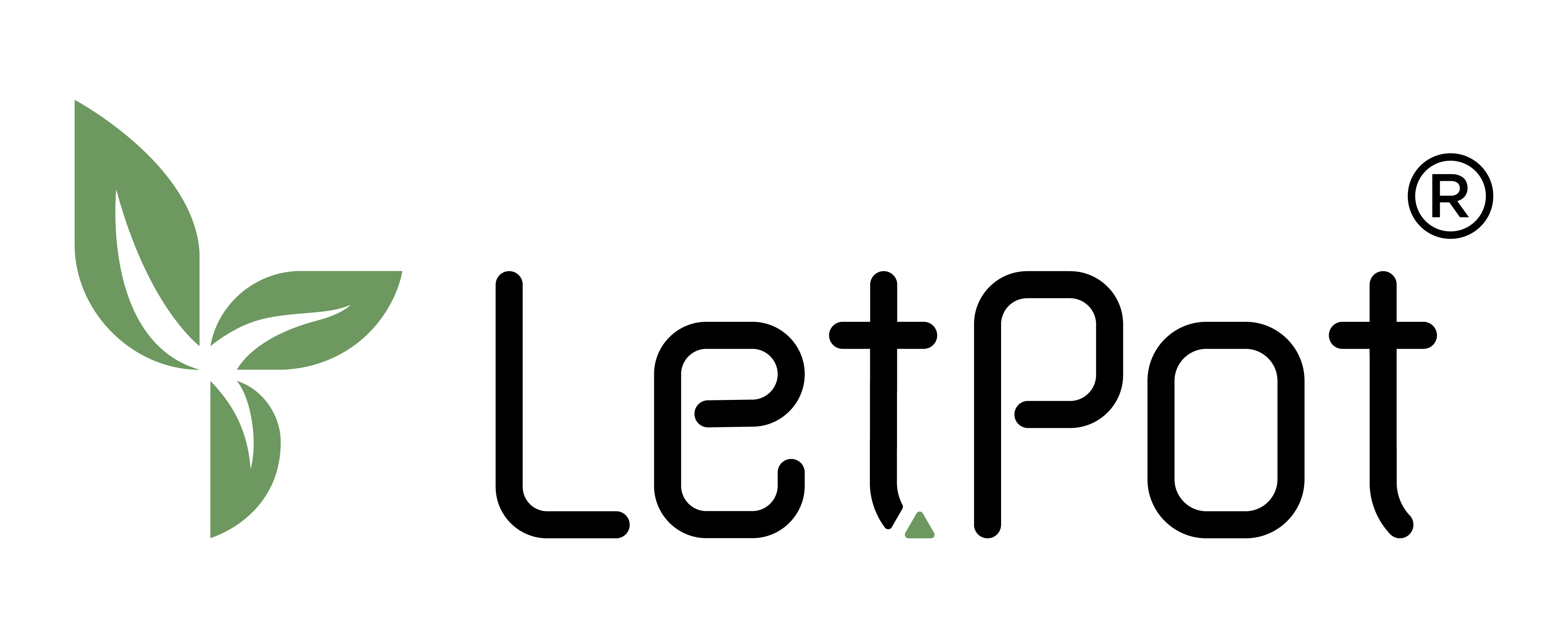

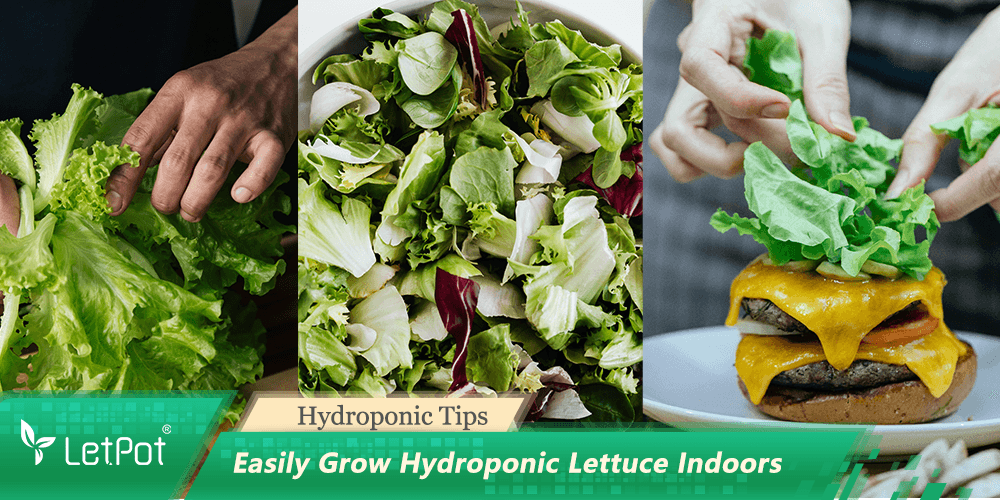


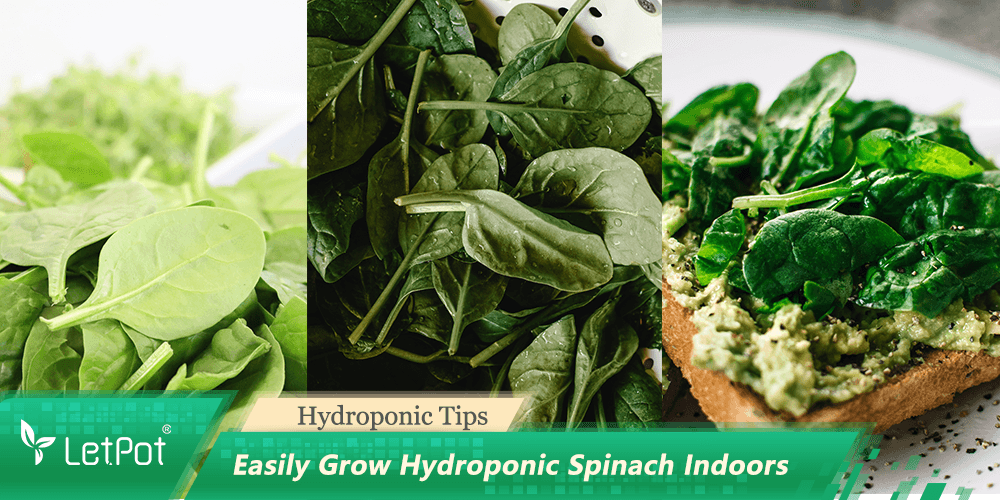
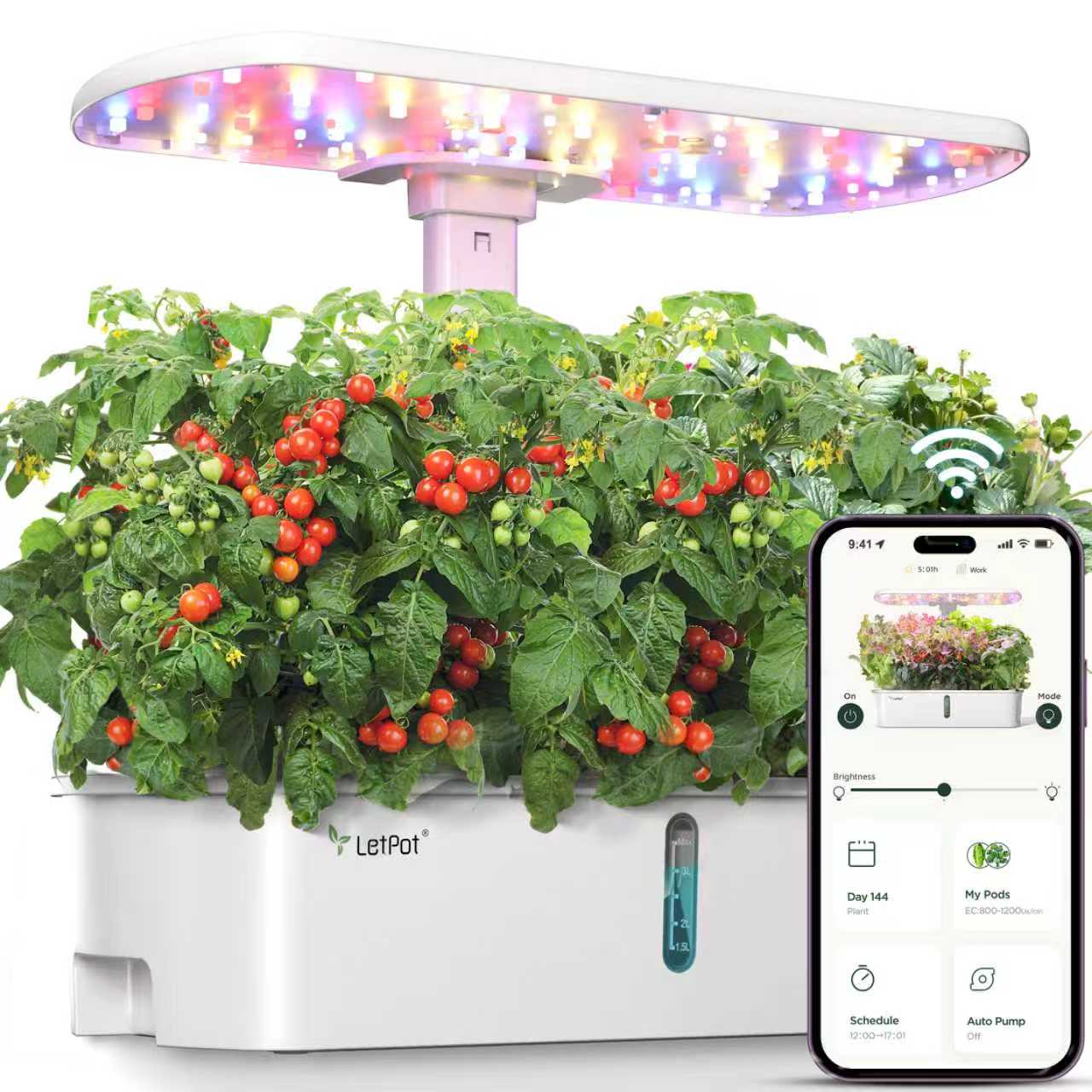
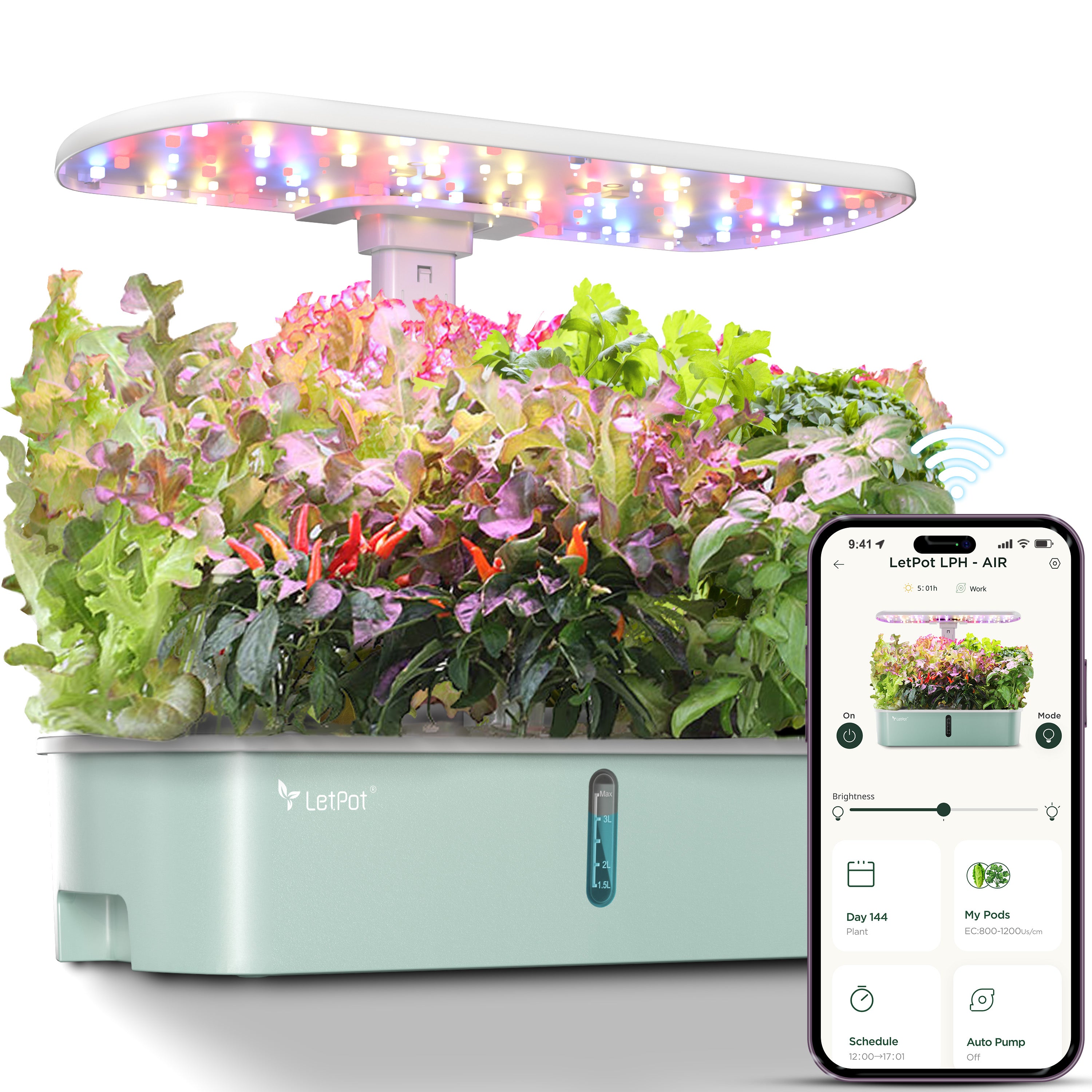
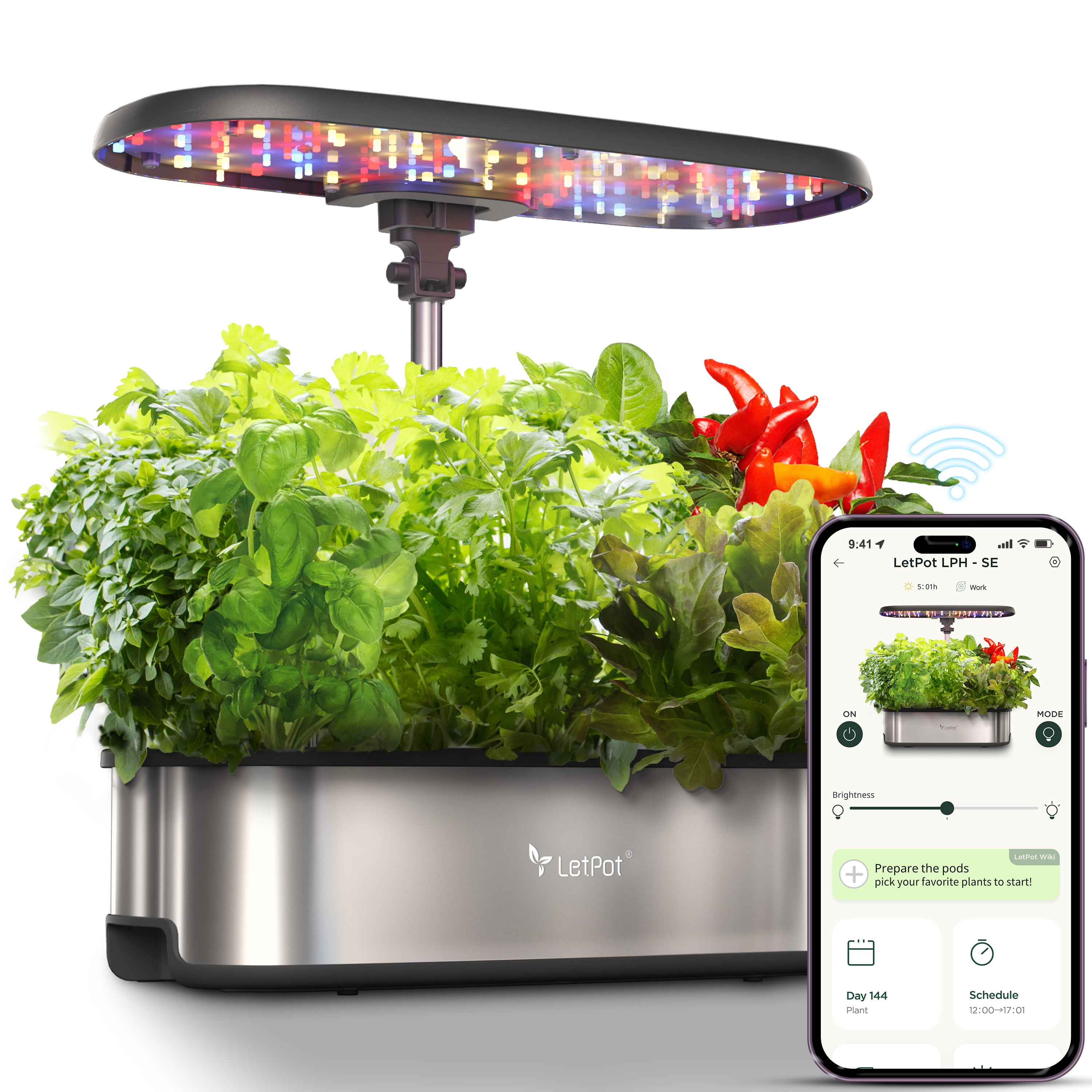
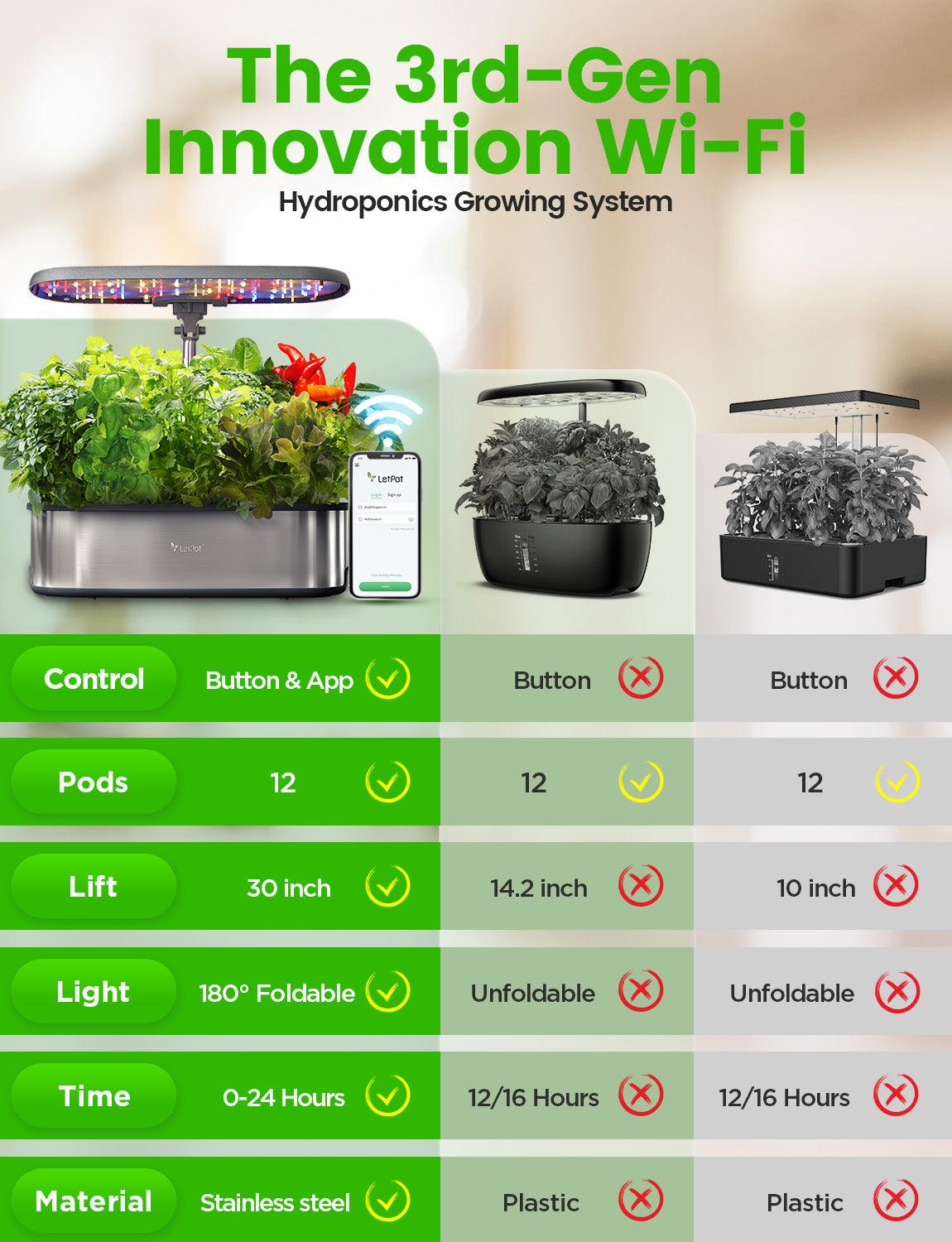
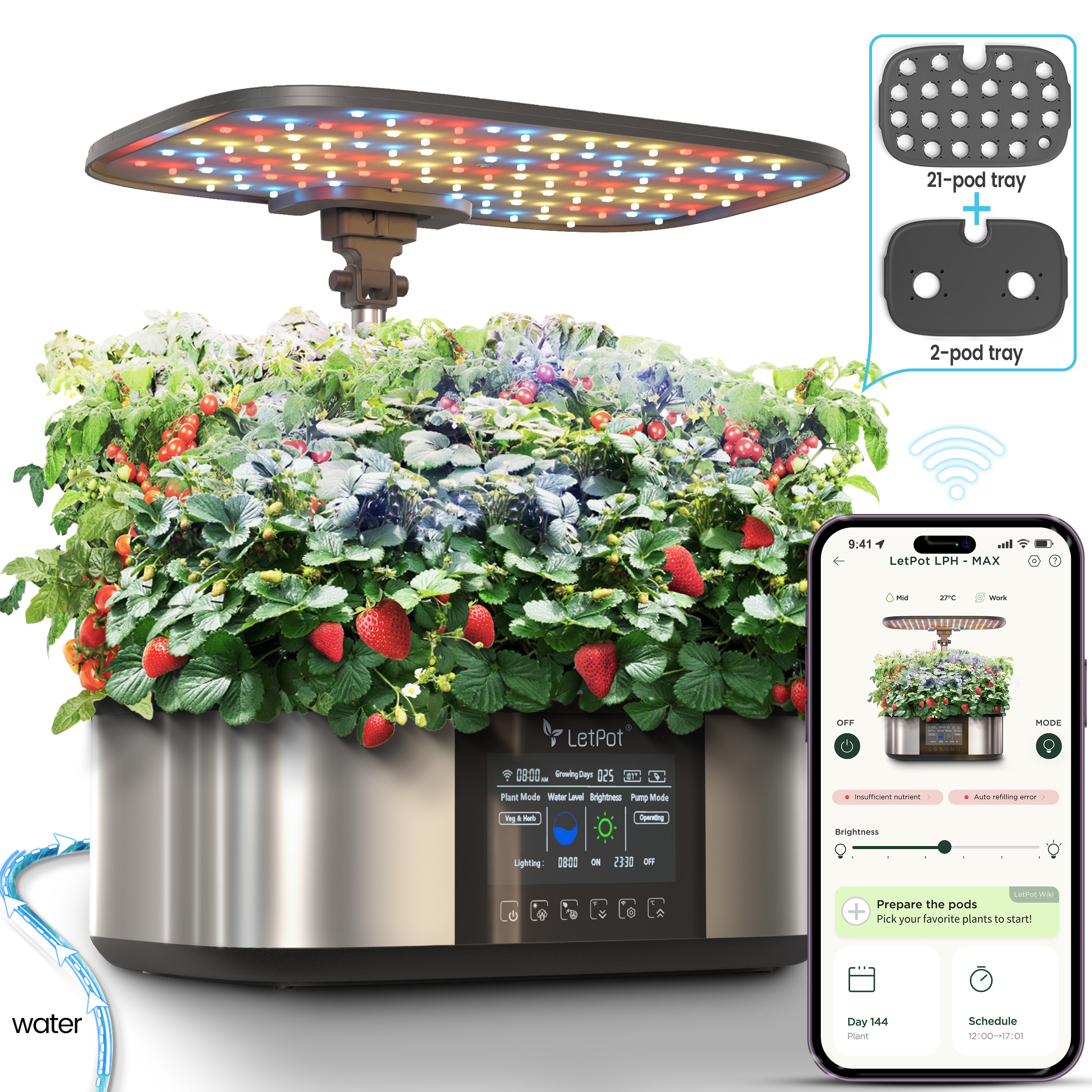
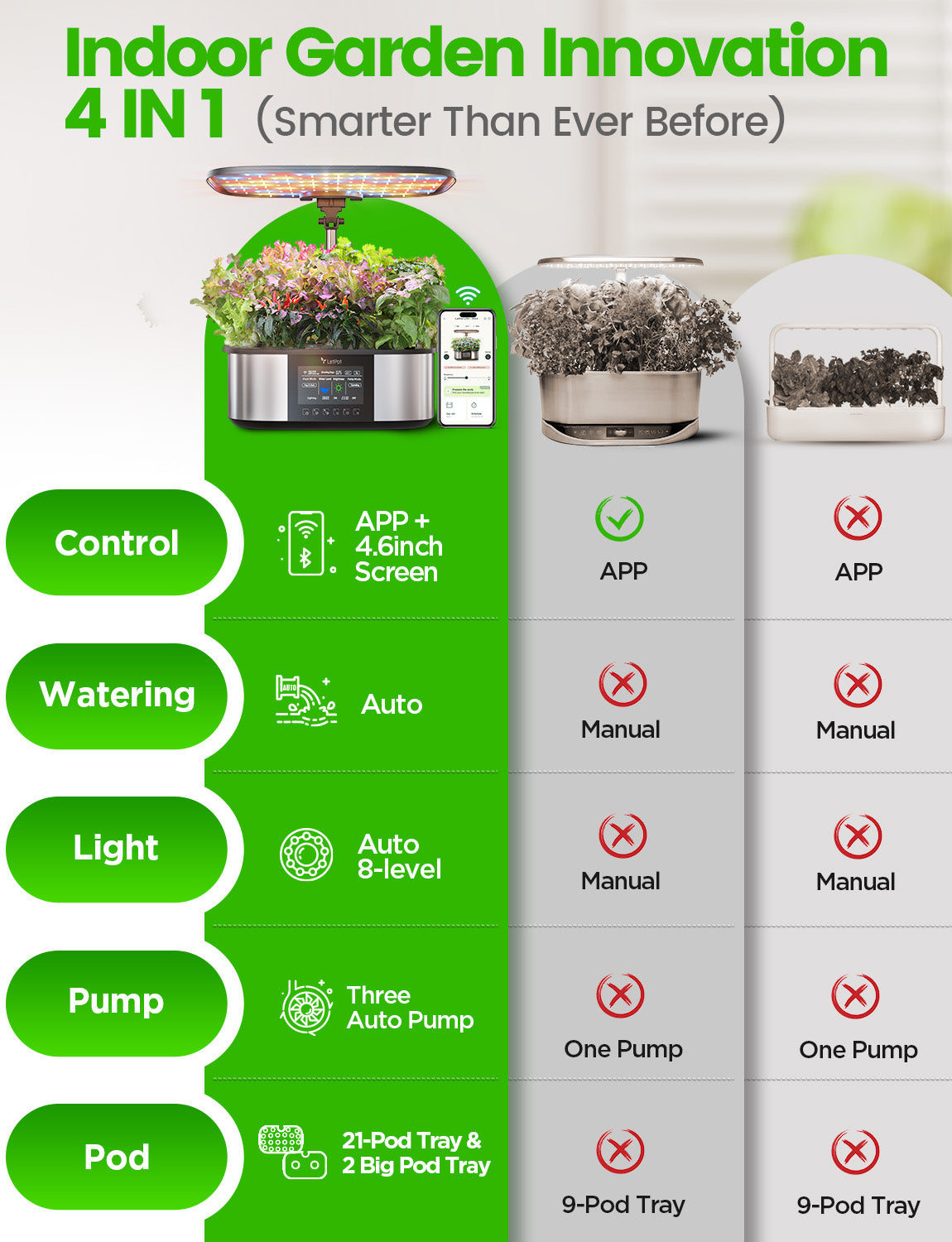
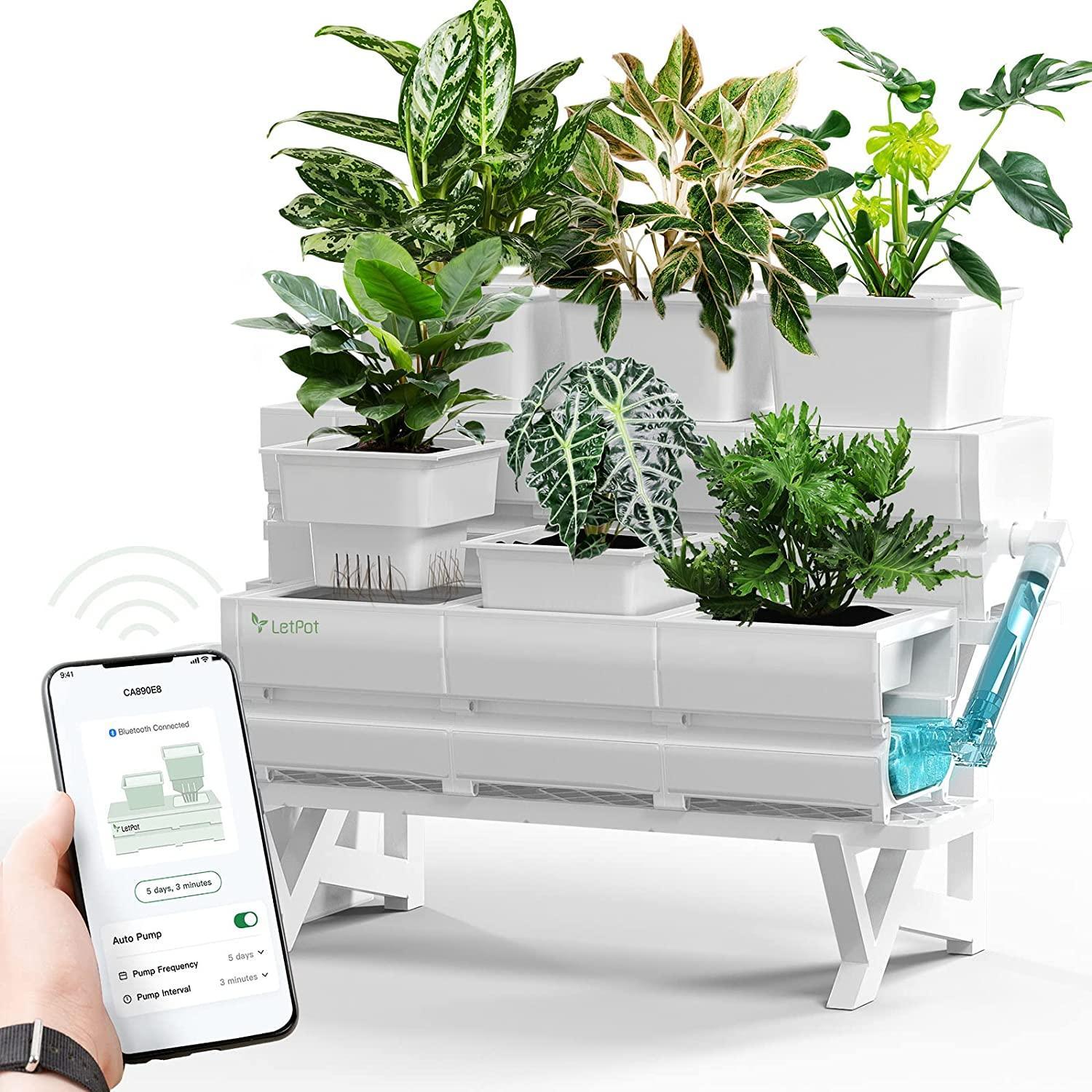
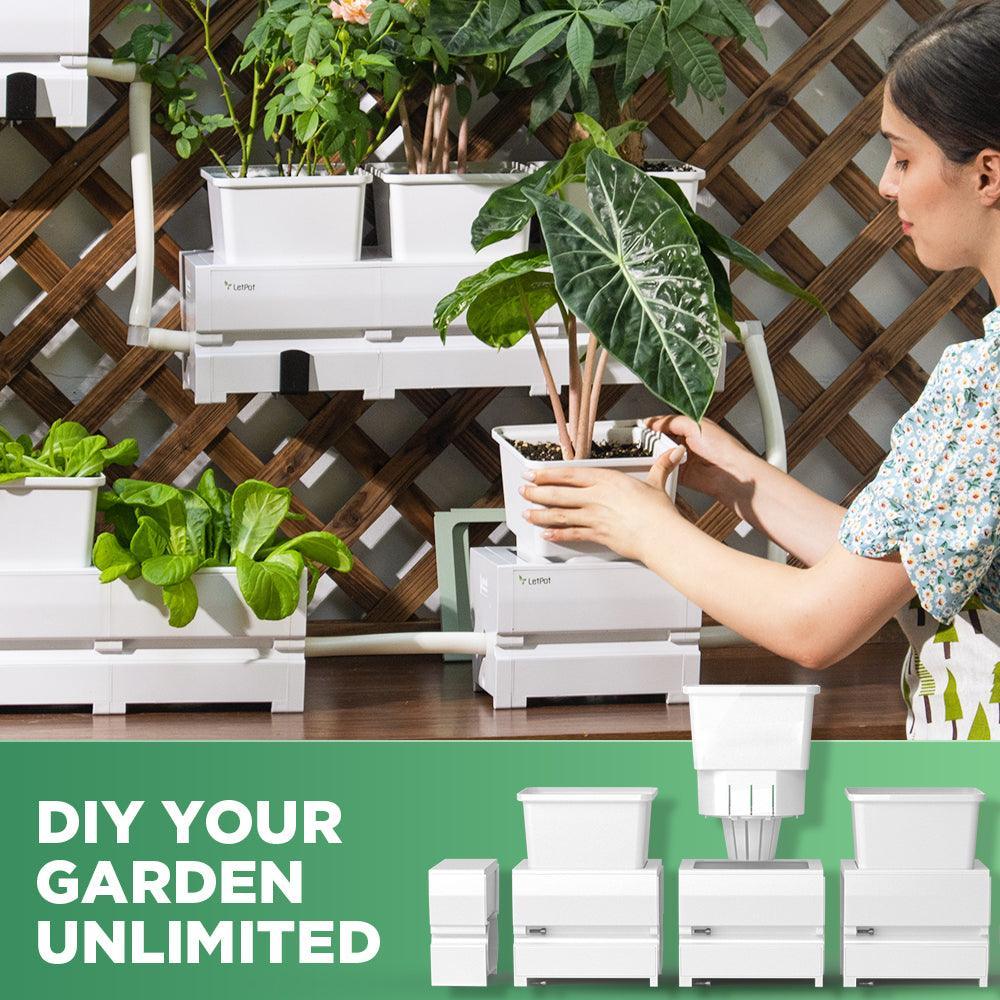
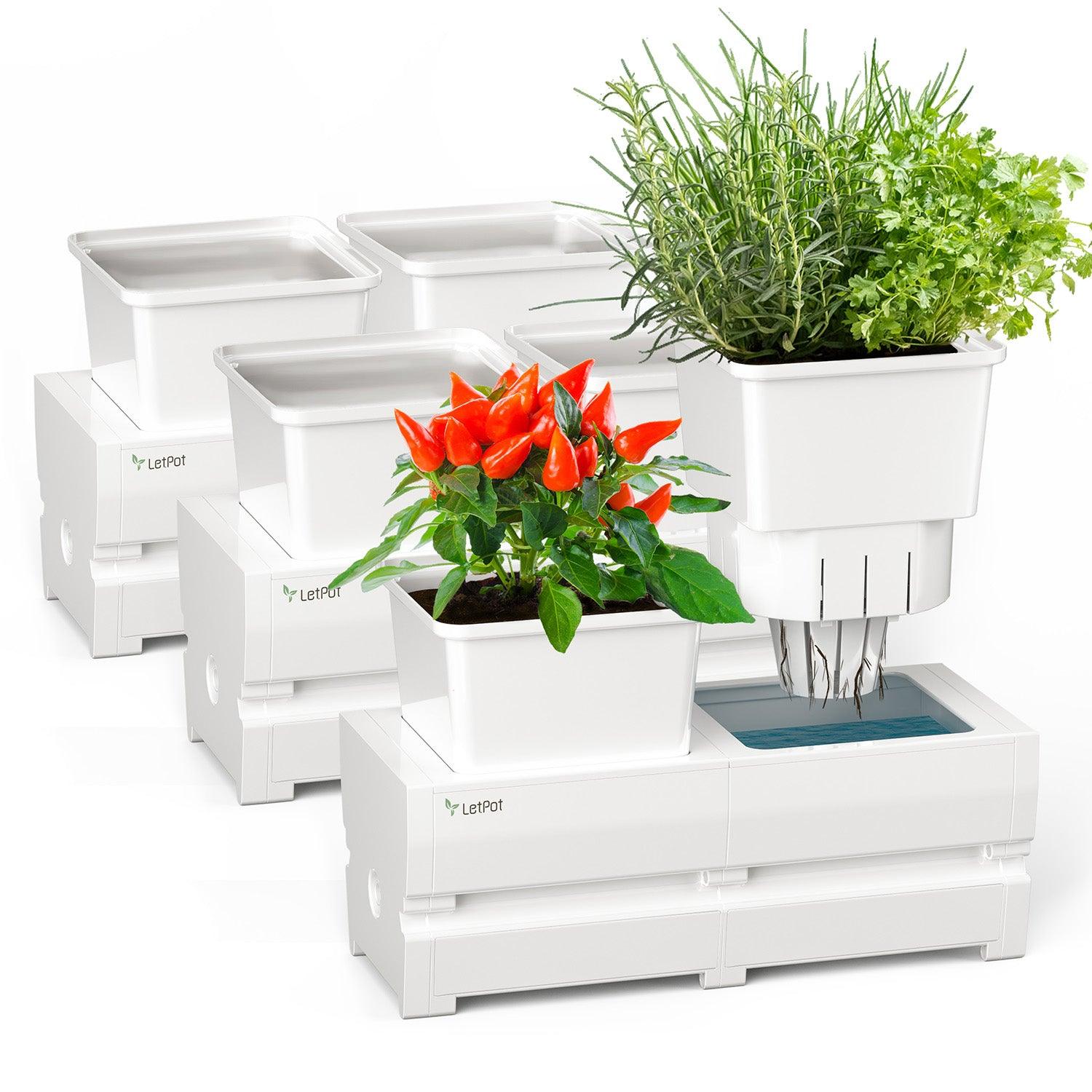


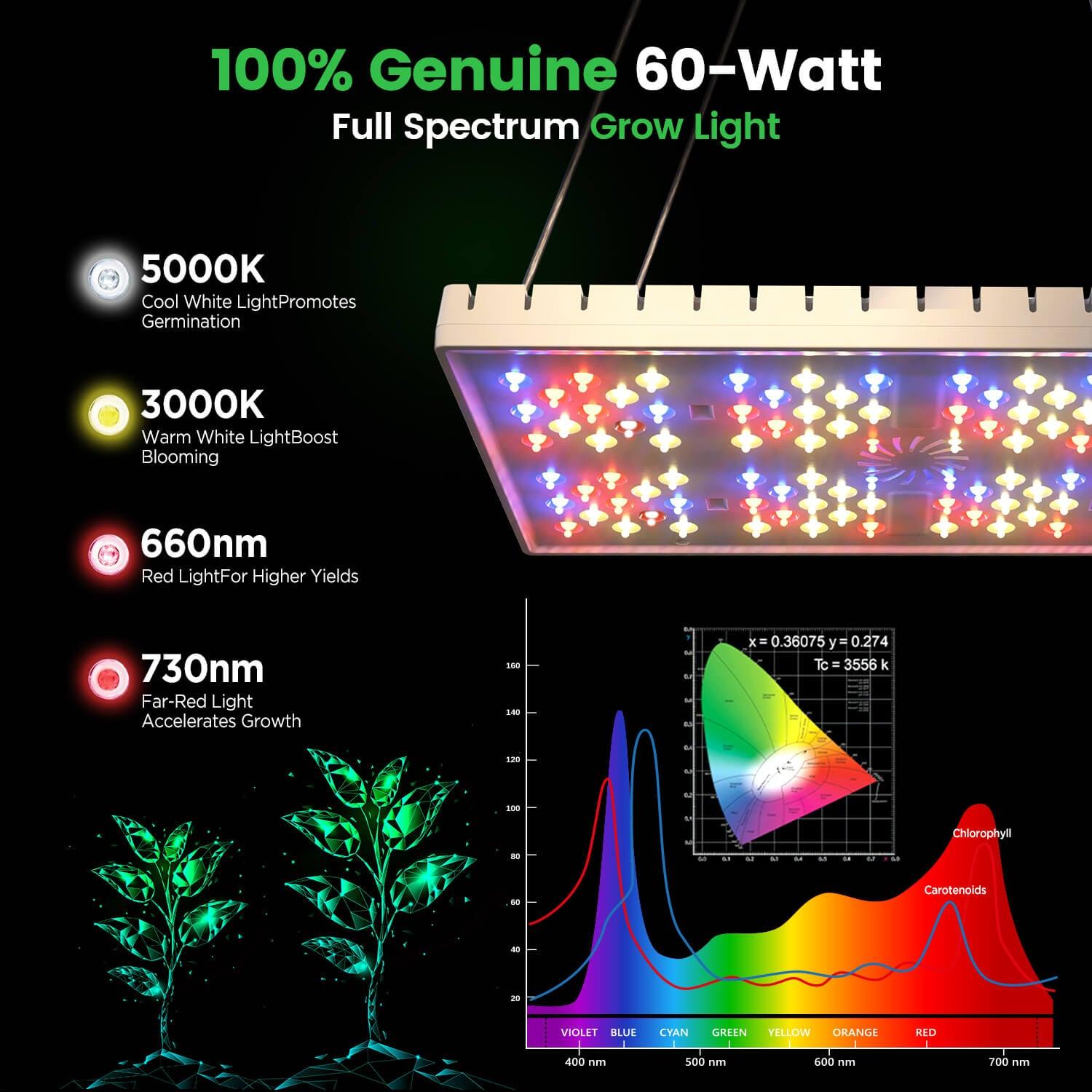
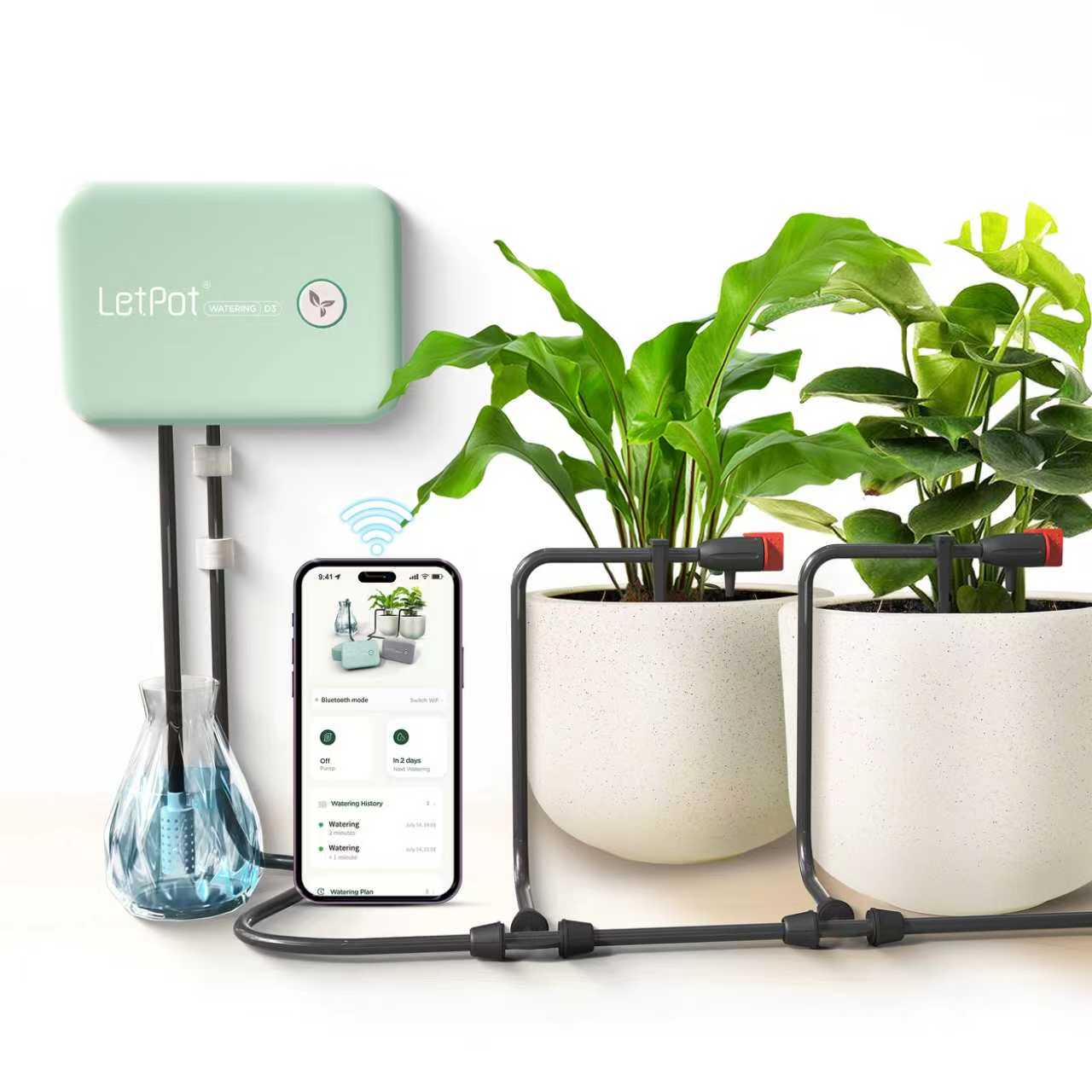

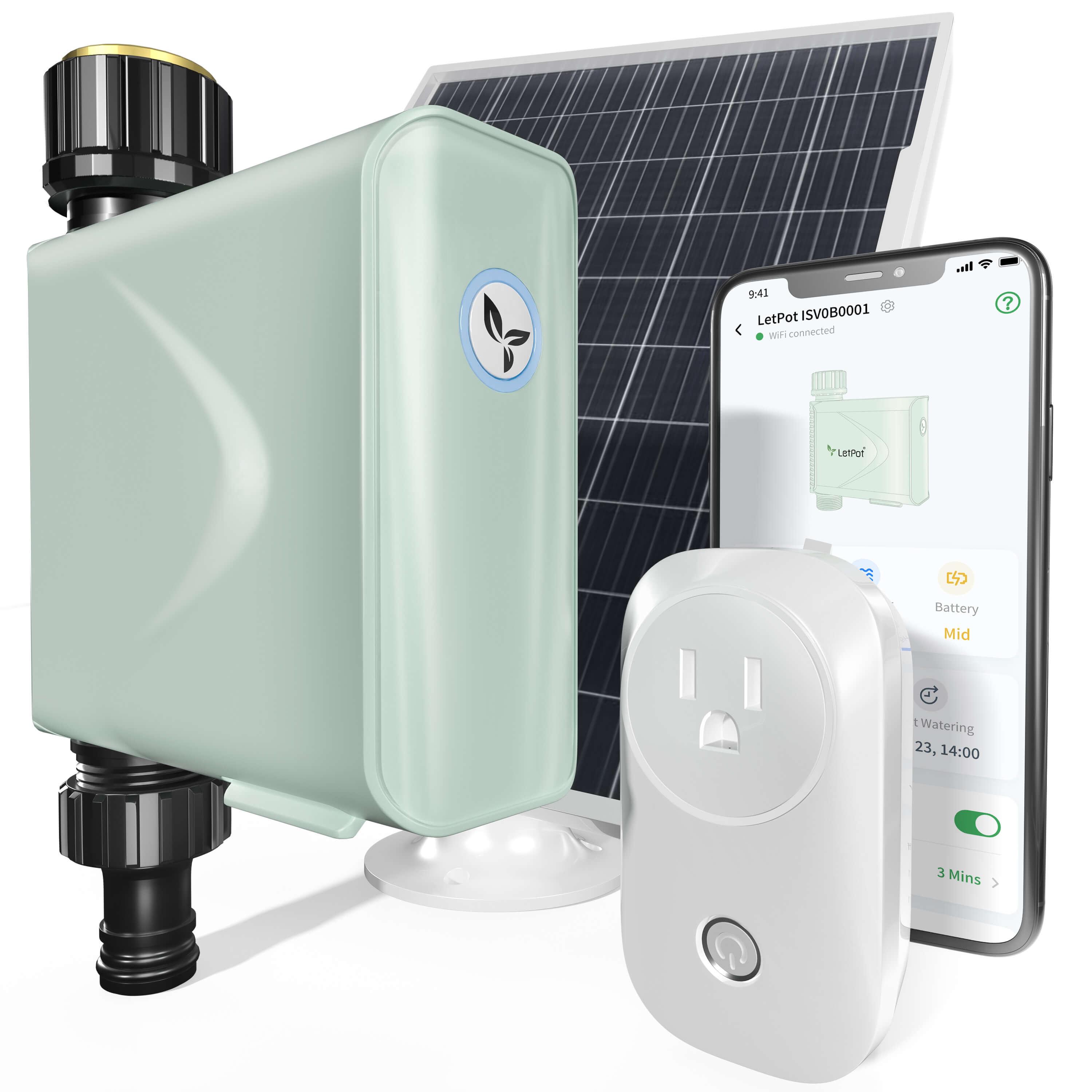
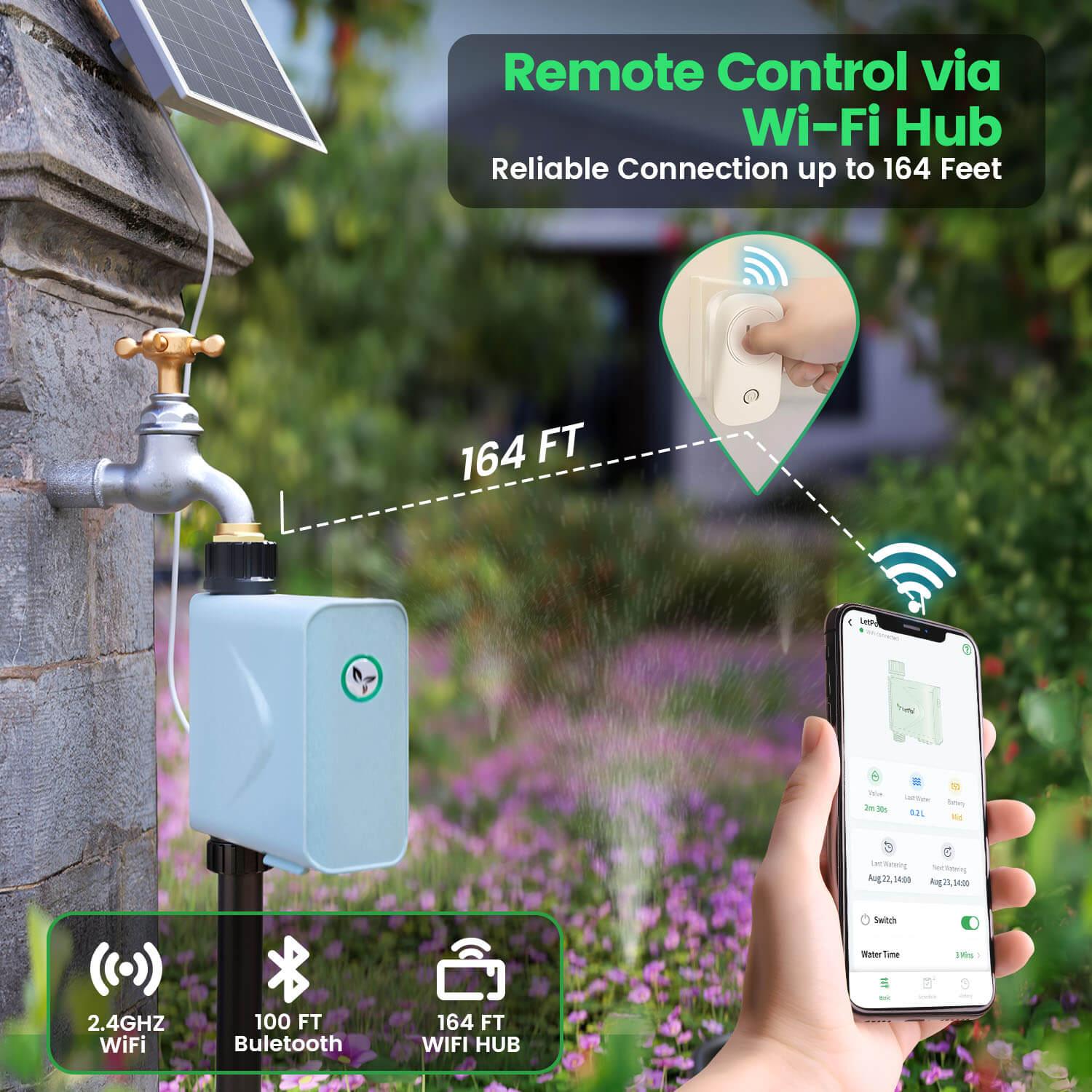

Leave a comment
All comments are moderated before being published.
This site is protected by hCaptcha and the hCaptcha Privacy Policy and Terms of Service apply.